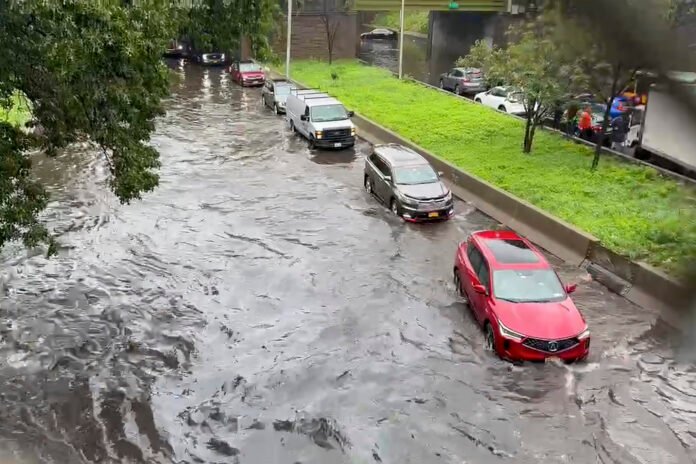The northeastern region of India, known for its lush green landscapes and vibrant biodiversity, has been grappling with an unprecedented deluge. But as the record-breaking rainfall finally subsides, the region faces the daunting task of recovery and rehabilitation.
In recent weeks, several northeastern states, including Assam, Meghalaya, and Nagaland, witnessed incessant rainfall that shattered previous records. The downpour led to widespread flooding, landslides, and infrastructure damage. Thousands of people were displaced from their homes, and transportation networks were severely disrupted.
The Indian Meteorological Department (IMD) reported that some areas received over 1000 millimeters of rainfall in a span of just a few days, surpassing the average annual rainfall in many parts of the region. Rivers swelled, and floodwaters inundated vast areas, causing immense hardship to residents.
Rescue and relief operations were launched in full force, with government agencies and non-governmental organizations working tirelessly to provide aid to affected communities. Evacuation efforts were undertaken to ensure the safety of those trapped in flood-hit areas.
The aftermath of the deluge presents significant challenges. Besides the immediate need for shelter, food, and clean drinking water, the region must contend with the long-term consequences of the floods. Agriculture, a primary livelihood source for many, has suffered substantial losses. Crops were washed away, and farmland was submerged, raising concerns about food security in the coming months.
Heavy Rain Consequences
In addition to agricultural losses, the flooding has taken a toll on infrastructure. Overall, roads and bridges were damaged or rendered impassable, making it difficult for relief teams to reach affected areas. The restoration of transportation networks is a top priority to ensure the efficient delivery of aid and supplies.
Environmental concerns also loom large. Landslides have disrupted fragile ecosystems and raised concerns about soil erosion and potential long-term ecological damage. Rehabilitation efforts must incorporate environmental conservation measures to mitigate these impacts. As the waters recede, the focus shifts to recovery and rebuilding. Further, Government agencies, local communities, and volunteers are collaborating to assess the extent of damage and plan for the reconstruction of homes, schools, and public infrastructure.
The recent deluge serves as a stark reminder of the region’s vulnerability to extreme weather events, possibly exacerbated by climate change. Building resilient communities and strengthening disaster preparedness are crucial steps in mitigating the impact of future calamities.
While the immediate priority is providing relief and support to those affected, long-term strategies for sustainable development and disaster resilience must be at the forefront of the recovery efforts. Moreover, the resilience of the northeastern region will be tested, but with concerted efforts and a focus on sustainable practices, it can rebuild and emerge stronger from this challenging period.




